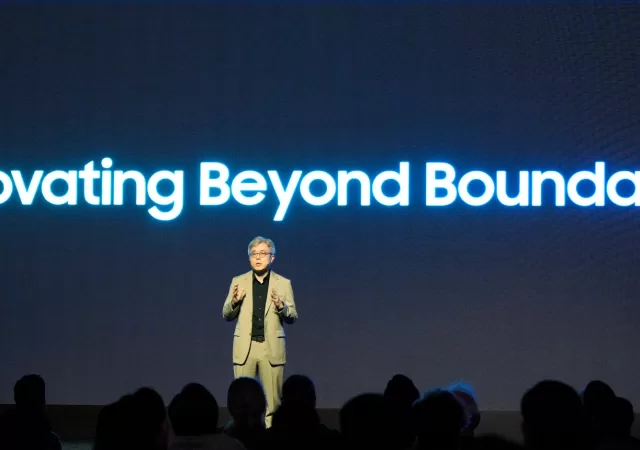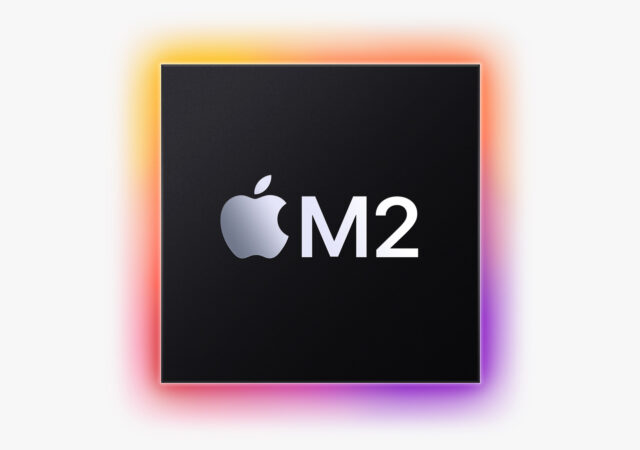Samsung just had their Foundry Forum and introduced their detailed plans on mass production of 2nm chips in the near future.
[WWDC 2022] Apple Launches the M2 for the New MacBook Air and 13-inch MacBook Pro
Apple launches their new M2 silicon at WWDC 2022. The new M2 replaces the M1 chip and powers the new MacBook Air and 13-inc MacBook Pro.




